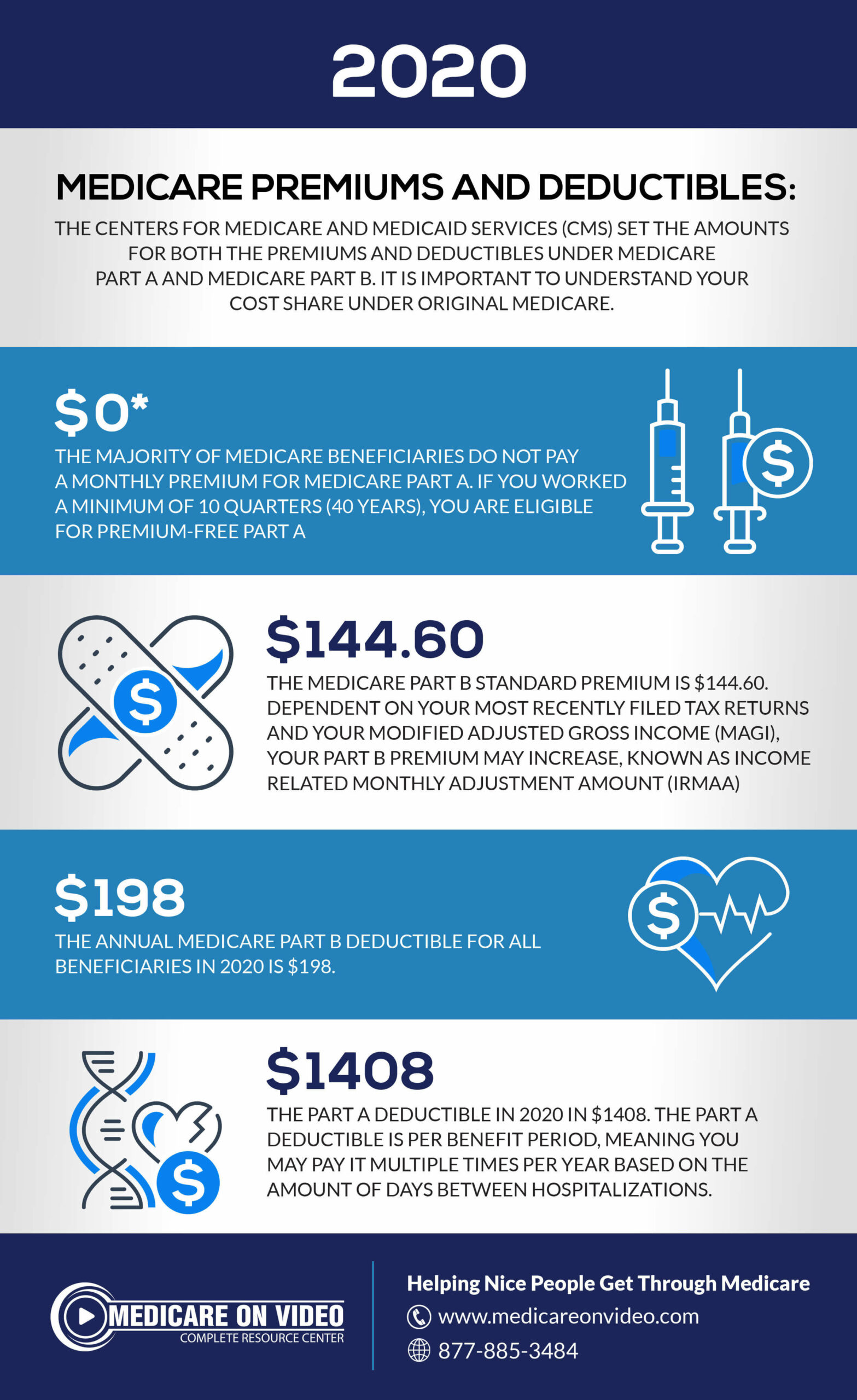The Origins of Medicare
Before Medicare’s debut in 1966, millions of Americans were at risk of facing a major medical emergency without access to health insurance. When uninsured older Americans became ill, they only had a handful of options. They could empty their life savings, they could rely on help from friends and family, or they could suffer without proper care.
All of that changed when President Lyndon Johnson signed the Social Security Amendments of 1965 into law. Suddenly, there was a new option for millions of older Americans who couldn’t afford the high costs of health insurance or paying out-of-pocket. Over the past 55 years, Medicare has provided a lifeline to families across the United States, making healthcare more affordable, offering important end-of-life care, and even lowering the national poverty rate.
Suddenly, there was a new option for millions of older Americans who couldn’t afford the high costs of health insurance or paying out-of-pocket. Over the past 55 years, Medicare has provided a lifeline to families across the United States, making healthcare more affordable, offering important end-of-life care, and even lowering the national poverty rate.
But today’s Medicare is not identical to that which was signed into law in 1965. Most now feel confused when trying to have Medicare explained. It is very difficult to understand for those that are coming into Medicare for the first time. The past five decades have seen major changes and additions to the Medicare system. Today, Medicare is broken up into four major parts, signified by the letters A, B, C, and D.
Original Medicare vs. Medicare Advantage
For anyone new to Medicare, it’s essential to understand each part and what it covers. But before we can look at each individual part, it’s important to recognize that Medicare is broken up into two larger categories: Original Medicare and Medicare Advantage.
Medicare Parts A and B are known as Original Medicare because they function the way Medicare was originally setup, with the federal government paying health care costs directly. Medicare Parts C (also known as Medicare Advantage) and D involve private health insurance companies contracting with Medicare to provide benefits to customers.
Instead of looking at the differences between these two approaches here, we’ll note them as we examine each individual part. There are a lot of pieces when having Medicare explained. So, let’s begin by looking at Medicare’s first program: Part A.
It's Easier if I Explain it to You:
Medicare Part A: Hospital & Hospice Insurance
Medicare Part A covers emergency vehicle trips and hospital stays, including a hospital room, food, and any necessary testing. As of January 1, 2020, patients need to pay a $1,408 deductible at the beginning of their stay and Medicare will cover the next 60 days. After that, patients will be required to pay a copay of $335 per day for days 61 through 90. If a patient’s stay extends past the 90 day mark, they must tap into their ‘lifetime reserve days’, a set number of days they can use throughout their lifetime that require a $670 copayment.
If a patient’s stay extends past the 90 day mark, they must tap into their ‘lifetime reserve days’, a set number of days they can use throughout their lifetime that require a $670 copayment.
Besides hospital stays, Medicare Part A also covers rehabilitation in a skilled nursing facility for 20 days. Patients can remain in a rehab facility for up to 80 days after this for a copayment of $167.50. This gives injured and ill older Americans the ability to get back on their feet and re-acclimated to normal life before heading home – without draining their life savings.
Finally, Medicare Part A covers end-of-life care through a variety of hospice benefits. Terminally ill patients with less than six months to live can receive pain relief medication, symptom control prescriptions, and grief counseling. And Medicare Part A provides these benefits at no cost. The only end-of-life charges that someone with Medicare Part A may incur are outpatient drugs or respite care.
To apply for premium-free Medicare Part A, someone must be 65 or older and paid Medicare taxes for at least 10 years. Those who haven’t paid Medicare taxes for that long (and don’t have a spouse who has either) can buy into the program at a reasonable cost.
In addition, anyone who’s under 65 and has received Social Security disability benefits for two years or who is a kidney dialysis or transplant patient can receive Medicare Part A without paying premiums.
Part A covers inpatient hospital expenses like surgeries.
Part B covers outpatient medical expenses like doctor visits.

What Does Medicare Part B Cover?
Medicare Part B covers a variety of medical procedures not covered under Part A. Most of the things covered under Part B fall under outpatient procedures. Part B coverage includes (but is not limited to):
Part B coverage includes (but is not limited to):
- Outpatient physician services
- Preventative care
- Medical and lab testing, such as x-rays
- Flu, pneumonia, and other necessary vaccinations
- Blood transfusions
- Chemotherapy
- Hormonal treatments
- Durable medical equipment, such as canes, walkers, and lift chairs
- Chiropractic care
Medicare Part B coverage kicks in when a patient meets their $183 deductible. After that, Medicare covers 80% of the service rate and requires the patient to pay the remaining 20%. Anyone who’s on Medicare Part A is eligible for Part B; however, they will need to enroll in it separately.
What is Medicare Part C: Medicare Advantage
In 1997, Congress passed a law that enabled Medicare beneficiaries to receive their benefits through private health insurance-backed Part C plans. This became known as Medicare Advantage.
This program does not replace Parts A and B. Instead, it offers further benefits, including coverage for items that aren’t covered under Original Medicare, such as dental care, vision services, hearing care, and self-administered prescription drugs.
Most Part C plans are provided by health maintenance organizations (HMOs) that require patients to have a primary doctor. However, there are some Part C plans that are offered by preferred provider organizations. It’s important to read the find print when choosing a Part C plan, since they often limit the number of providers that you can receive covered care from.
Medicare Part D: Prescription Drug Plans
Medicare Part D allows anyone who’s enrolled in a stand-alone Prescription Drug Plan or in a public Medicare Part C health plan with integrated prescription drug coverage to get help with their prescription drugs.
A variety of organizations administer this program, including charities, health insurance companies, and others. These organizations put a list of drugs together that they’ll cover, though the Centers for Medicare and Medicaid Services (CMS) heavily regulates everything that’s done.
These organizations put a list of drugs together that they’ll cover, though the Centers for Medicare and Medicaid Services (CMS) heavily regulates everything that’s done.
Unlike Parts A and B, Medicare Part D offers its benefits in phases. Each phase begins and ends depending on how much the patient has spent out-of-pocket, and each one carries a different copay with it. With the CMS’s permission, each of these plans can have a slightly different payment schedule. So, it’s essential for anyone enrolling in one of these plans to do their due diligence and discover exactly what’s covered and for how much.
How Much Does Medicare Cost?

Other Medicare Plan Types
Besides the four main Medicare Parts, there are two other kinds of plans available.
Medicare Cost plans are only offered in certain parts of the country but work like Medicare Advantage. Unfortunately, since they’re seen as competition with Medicare Advantage, the Cost plans may not operate in areas where there are a high number of Medicare Advantage plans available. Anyone who’s in a location where Medicare Cost plans are available, should check them out since they provide coverage for a wide variety of important services.
Medigap or Medicare Supplement plans are a kind of supplemental indemnity insurance provided by private insurance companies that fill up whatever’s lacking in Original Medicare. They’re only available to people who have chosen not to enroll in a Medicare Part C plan. For anyone who relies solely on Medicare Parts A and B, a Medigap plan is a great option for ensuring that medical costs don’t become overwhelming.
Keith is Here to Help!
As you can see it’s not easy to follow having Medicare explained. Lucky for you Keith is here to help make sure you get all your pieces in the right places. All at no cost to you! Give a call or send an email and he will make sure everything is set up properly.
















